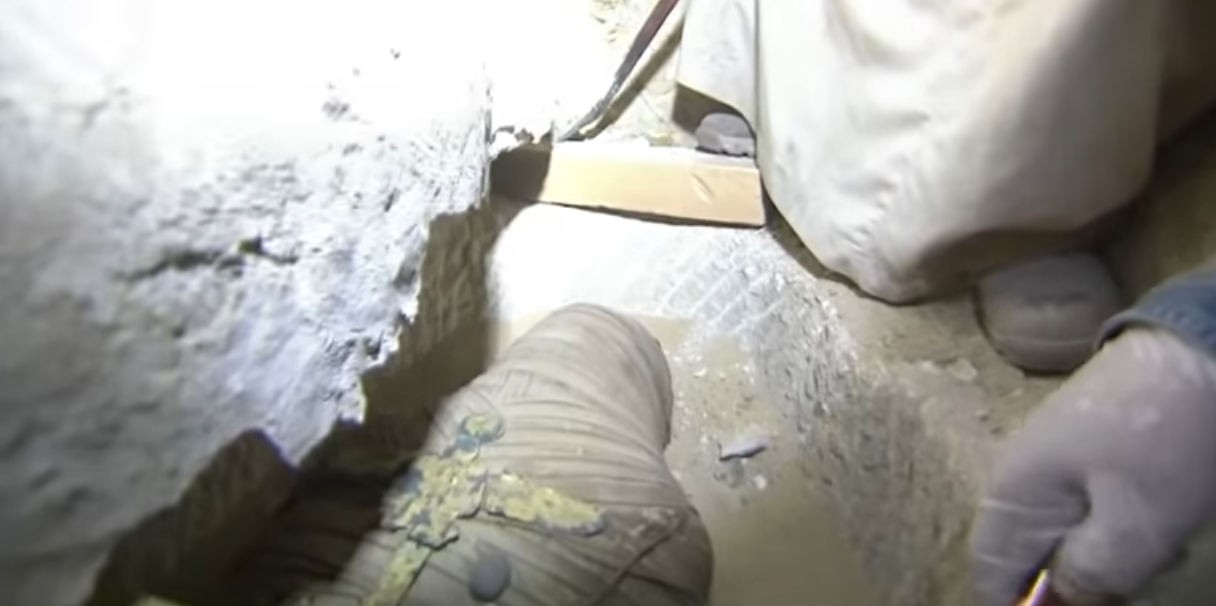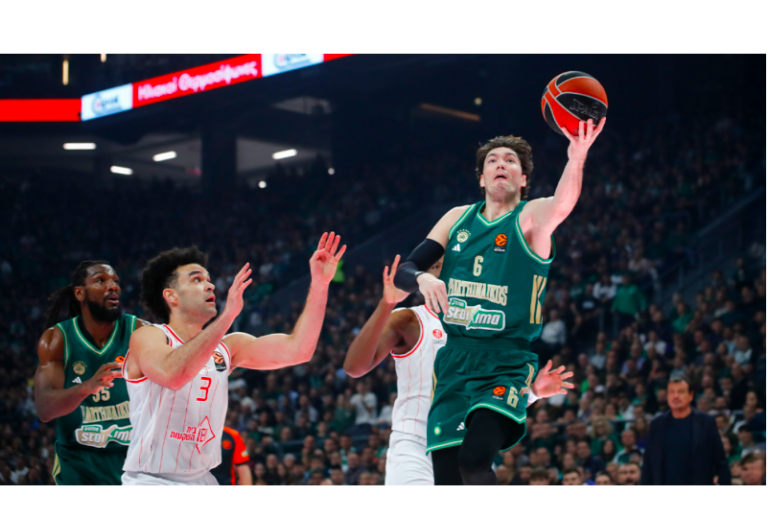Khaled al-Anani, the Minister of Antiquities in Egypt, has revealed that a large mummy burial site has been discovered at Tuna el-Gebel, an ancient necropolis located near Luxor, Egypt on the west bank of the Nile River. LiveScience reports that, so far, twenty limestone sarcophagi have been removed from the ground which are believed to hold high priests from Egypt’s Late Period from about 747 BC to 30 BC including the twenty-fifth dynasty until the Ptolemaic Period of which Cleopatra VIII was the last Pharaoh.
After her end, Egypt surrendered to the Romans. Items found along with the coffins include about seven hundred amulets made of gold and some with precious stones and over ten thousand glazed ceramic shabti figurines to serve the priests in the afterlife. The coffins that have been opened have undisturbed mummies with complete wrappings.
Read Also:
Turkey’s economy most vulnerable in G20 to COVID-19, Moody’s says
According to Ancient Egypt Online, servants were often buried along with their “masters” during the Early Dynastic Period from around 4,000 to 3,100 BC. It didn’t take long before the ancient Egyptians realized this was an unproductive practice and they began to create Shabti – later called the Ushabti, small figurines to represent a servant associated with a specific task to be performed in the afterlife. It was believed that the sun god Ra, the primary deity of the Egyptians and creator of all things, granted land to allow wealthy Egyptians to continue their lavish lifestyle with servants.
Read more: the vintage news
Ask me anything
Explore related questions





